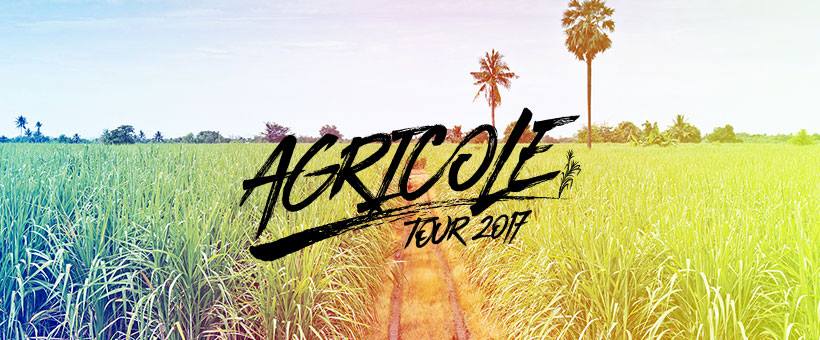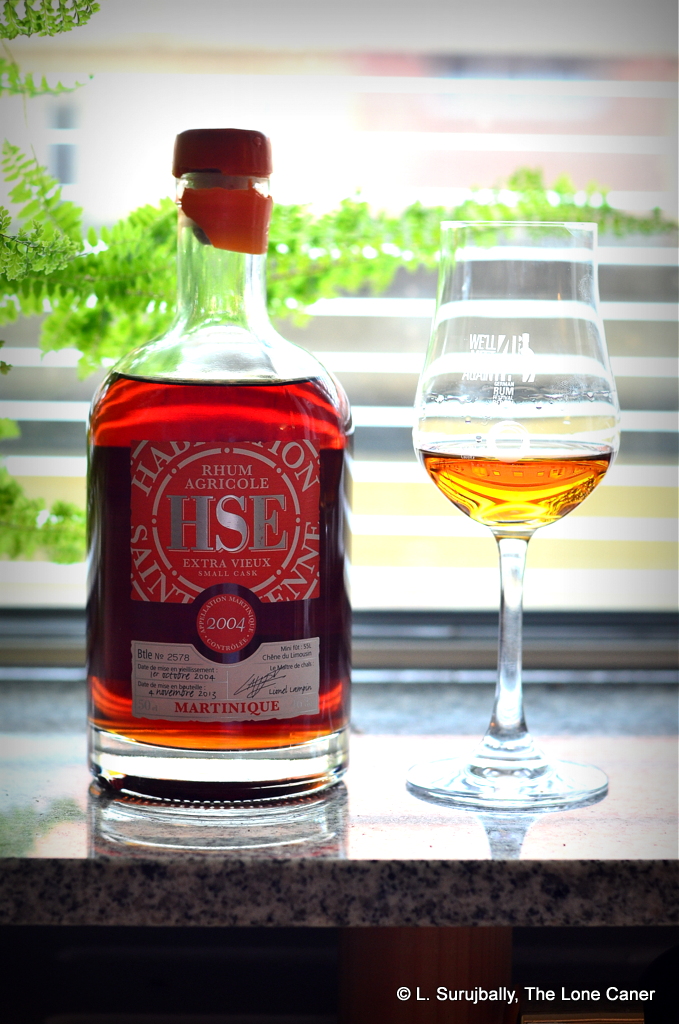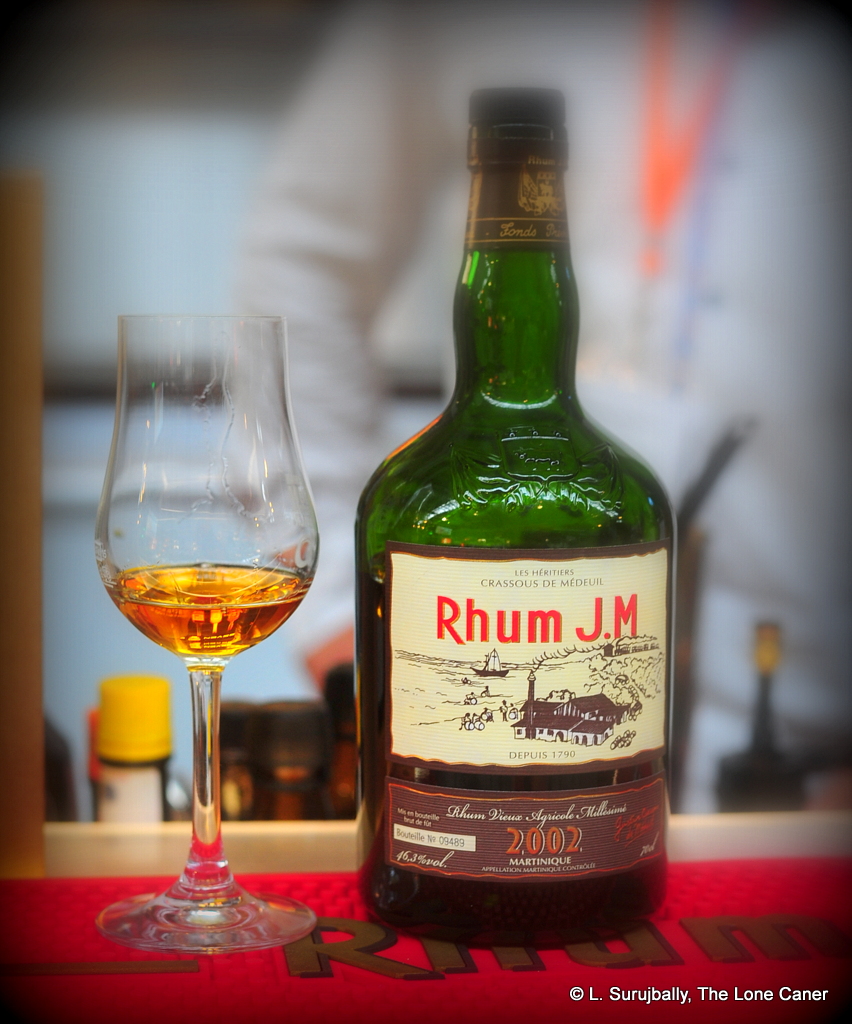
In July 2017 the French rum wesbsite Coeur de Chauffe, as part of the Agricole 2017 world tour, issued a two part post where members of the rum and blogging community were invited to submit some brief words regarding their experiences with the French Island agricoles. Well, most people wrote a couple of generally positive sentences, waved goodbye and moved on, but I felt that perhaps more could be said — and wrote, as is my wont, a complete essay where I tried to summarize my feelings about and experiences with this fascinating subset of the rumworld.
The French language Agricole Tour 2017 Part 1 can be found here, and the essays by myself and Sascha Junkert in Part 2, is here. The paragraphs below represent the original English language version of my section.
Sooner or later, every rum lover comes to agricoles the way every film fan eventually arrives at Ozu. Although better known and always appreciated by the French due to their originating on the islands of Martinique and Guadeloupe, these quietly amazing rums have only started to become more widely available, and more praised, in the last ten years or so.
Partly this situation arose because of the domination of molasses based rums over the centuries. Those rums were and are made more easily and more cheaply, have a quality of their own, and have commanded the attention of the rumiverse up until now. Agricoles are made different, taste different and are priced different…but are also among the best rums currently being made, and can take their place at the forefront of any top-end lineup, not just because of their intriguing and tasty flavours, but because they have escaped the opprobrium of misleading labels, convenient number statements and adulteration which is the stain on far too many traditional rums. They have always been pure, unmessed-with, traditionally-made rums and are appreciated for precisely that reason.
 Others have written in greater depth about these unique rums – the Cocktail Wonk’s deep dive is a case in point – so I won’t go into the details here beyond some basic facts. Agricole rums – or rhums, as they are termed – are made from freshly pressed cane juice which goes to the still within 48 hours of harvesting the cane. They are made in column stills and have a light, herbal, almost grassy flavour that often comes as a shock to those more used to, and comfortable with, the relatively darker, fruitier profiles of the Jamaicans, Bajans, Guyanese and other English-speaking islands; and they are clearer and crisper than the light and floral Spanish rons like those from Cuba or Latin America.
Others have written in greater depth about these unique rums – the Cocktail Wonk’s deep dive is a case in point – so I won’t go into the details here beyond some basic facts. Agricole rums – or rhums, as they are termed – are made from freshly pressed cane juice which goes to the still within 48 hours of harvesting the cane. They are made in column stills and have a light, herbal, almost grassy flavour that often comes as a shock to those more used to, and comfortable with, the relatively darker, fruitier profiles of the Jamaicans, Bajans, Guyanese and other English-speaking islands; and they are clearer and crisper than the light and floral Spanish rons like those from Cuba or Latin America.
Agricoles are commonly associated with the French islands in the Caribbean, but what the name describes is more a method of production than a geographical point of origin, and by that standard, no discussion of the type can be complete without noting the Brazilian cachacas, which are a subset of the genre, distinguished by their being aged in local woods (e.g. Balsamo, Jequitiba or Umburana), which give them a distinct (and occasionally off-putting) taste profile that many non-Brazilians have difficulty coming to grips with. One should also note that makers from around the world are increasingly making rums from freshly pressed cane juice – Laodi from Vietnam is a case in point, Madeira is another, and there is also Ron Aldea from the Canary islands, and several US micro distillers, among others.
Like traditional rums made from molasses, agricoles are aged, in various kinds of barrels – white oak, ex-bourbon, Limousin oak, cognac casks, the Brazilians as noted and so on – but unlike most of the molasses brigade, they have a very high quality even when made as “white”. Such colourless rhums are, however, not usually filtered – as is the case with various bland mixing agents like the Bacardi Superior or the Prichard’s Crystal – and mostly unaged and issued directly off the still. Haiti is the poster boy for such rhums, which are called clairins there and they are pungent, fierce and joyously off the reservation. Lovers of softer fare shy away from such rhums, but connoisseurs have been snapping them up in increasing volumes for years now, ever since Velier came out with the three clairins from Sajous, Vaval and Casimir back in 2014.
My own experience with agricoles began in 2010 when one of the first rums I bought was the Clement Tres Vieux from Martinique, just about the top of their line; I wasn’t entirely sold on it, yet it had an aroma and taste that was surprisingly evocative, even if I did not feel it dethroned the other rums I liked more to that point in my education. Over time I managed to try two Barbancourts from Haiti, a couple of Karukeras from Guadeloupe, and a Rum Nation and Renegade independent production. My opinion began to change. I appreciated their flavours more, enjoyed the lightness and complexity of the assembly, saw that they pointed to a different style of rhum to what I had been used to, one that was off the main road, yes, but with treasures heretofore unimagined.
 I became a true agricolista in 2012, when an amazing 37 year old rhum from Guadeloupe was presented to me for a sampling in Berlin’s famed Rum Depot. The Courcelles 1972 was a rhum simply off the scale (and even if there were reasons to believe it was not a true agricole, I persist in thinking of it as one), and it led to other discoveries in the years that followed – the clairins from Haiti, the Liberation series from Capovilla (the 2012 Integrale might be among the very best five year old rums ever made, by anyone, anywhere). Getting more impressed – or should that be obsessed? — with each new rhum I tried, I began actively seeking rhums from those distilleries from Martinique and Guadeloupe which have become more widely known and appreciated in the last years – J.M., HSE, Trois Rivieres, St. James, Depaz, Dillon, Bellevue, Damoiseau, J. Bally, Longueteau, Neisson are a few, the independent bottlers are gearing up big time, and I’m just getting started.
I became a true agricolista in 2012, when an amazing 37 year old rhum from Guadeloupe was presented to me for a sampling in Berlin’s famed Rum Depot. The Courcelles 1972 was a rhum simply off the scale (and even if there were reasons to believe it was not a true agricole, I persist in thinking of it as one), and it led to other discoveries in the years that followed – the clairins from Haiti, the Liberation series from Capovilla (the 2012 Integrale might be among the very best five year old rums ever made, by anyone, anywhere). Getting more impressed – or should that be obsessed? — with each new rhum I tried, I began actively seeking rhums from those distilleries from Martinique and Guadeloupe which have become more widely known and appreciated in the last years – J.M., HSE, Trois Rivieres, St. James, Depaz, Dillon, Bellevue, Damoiseau, J. Bally, Longueteau, Neisson are a few, the independent bottlers are gearing up big time, and I’m just getting started.
In short, from a sort of passing interest, agricoles have now taken their place — and not just in my estimation — among the best rums in the world. There is variety and failure here, sure, just as they are in traditional (or industrial) rums, and perhaps it is not surprising that my journey mirrored that of the fans worldwide as well. Nothing shows this more clearly than the popularity of the agricoles in the various European and other rum festivals, where they are commanding increasing attention and appreciation by the public. It is no accident that the agricole world tour organized by Jerry Gitany and Benoit Bail – a sort of combination of masterclasses and grand exposition of many agricoles which toured the festival circuit in 2016 and now in 2017 – drew large crowds and many positive comments from the online community.
Agricoles are not a fashionable current trend, nor are they only now emerging from the shadows of obscurity: they have always been there, quietly and exactingly made. What has changed is that over the last decade the explosion of social media and committed bloggers have brought them to a new, wider audience. For the foreseeable future traditional molasses-based rums will continue to command the heights (and the wallets of the global purchasing public) – based on price and availability and all-round quality that’s unavoidable. But just as any list of the classics of the film world would never be complete without Besson, Ozu, or Bergman (to name just three), no serious connoisseur or simple lover of rum would ever consider their journey to be complete without, at some point, sampling, appreciating and understanding the variety which agricoles add to the sum total of the universe of rum.
***